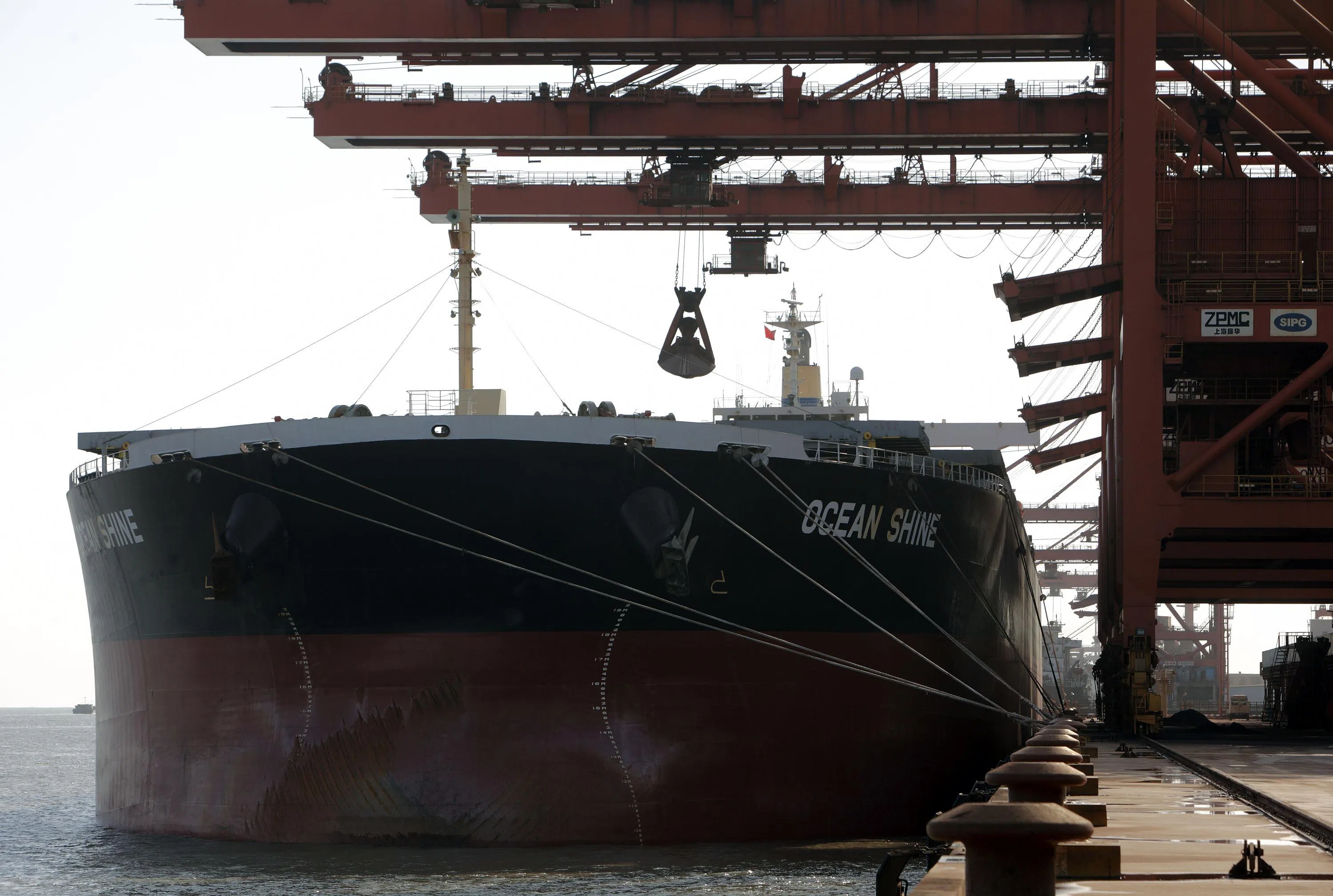ONLY 45 dry bulk ships have been recycled between January and August 2024 – 42 per cent lower year on year and the second-lowest level in 16 years, according to trade group Bimco.
A report released by the international organisation for shipowners, charterers, shipbrokers and agents on Wednesday (Sep 18) pointed out that the total capacity of scrapped dry bulk ships in the period was 2.5 million deadweight tonnes, or only 0.2 per cent of the fleet.
An ageing fleet may bring challenges to the sector’s decarbonisation.
Bulk ships carry iron ore, coal, grain, salt, aluminium, copper ore and other dry cargo in huge volumes without packing or packaging.
“Recycling declined in all segments, with Capesize and Supramax experiencing the steepest fall, at almost half of last year’s figures,” said Filipe Gouveia, a shipping analyst at Bimco.
The trade group classifies the dry bulk fleet – using Clarkson Shipping Intelligence’s methodology – into segments of Handysize, Supramax, Panamax and Capesize.
BT in your inbox
Start and end each day with the latest news stories and analyses delivered straight to your inbox.
Capesize bulk carriers have a deadweight tonnage of over 100,000; Panamax carriers have a deadweight tonnage of 70,000 to 100,000; Supramax carriers, 45,000 to 70,000; and Handysize, 10,000 to 45,000.
High freight rates and robust demand have delayed the recycling of older ships, noted Gouveia.
“Over the past three years, demand shocks contributed to stronger-than-anticipated demand. Sanctions on Russian coal as well as rerouting away from the Red Sea and the Panama Canal all contributed to increased sailing distances, keeping ships at sea for longer,” added the analyst.
Meanwhile, deliveries and orders of ships were low, due to limited newbuild contracting, high newbuilding prices, and uncertainty regarding new fuels.
Since 2021, competition for slots in shipyards has increased overall, the Bimco report noted. This was first due to a boom in container and liquefied natural gas orders and, since 2023, a rise in contracting for crude and product tankers.
Bulker fleet renewal will not be a significant challenge for the sector in the short term, according to Bimco.
While the dry bulk fleet is at its oldest since 2011, only 9 per cent of capacity is 20 years old or above. The fleet is younger than both the tanker and container fleets, the average ages of which are 13.5 years and 13.9 years, respectively.
Bulk carriers are typically designed to operate for about 25 years, and only 3 per cent of capacity currently reaches that age or older.
These older ships are a common sight in the Handysize segment, accounting for 8 per cent of the category’s capacity, while ships in the Capesize segment seldom reach the age of 25 before they are recycled.
Recycling should rise in the future to comply with climate regulations, since energy and fuel efficiency will be key to decarbonising, said Gouveia.
“Over the coming years, ship recycling is anticipated to gradually rebound when transits through the Panama Canal and the Red Sea return to normal at some point, and the market adapts to other demand shocks.”




